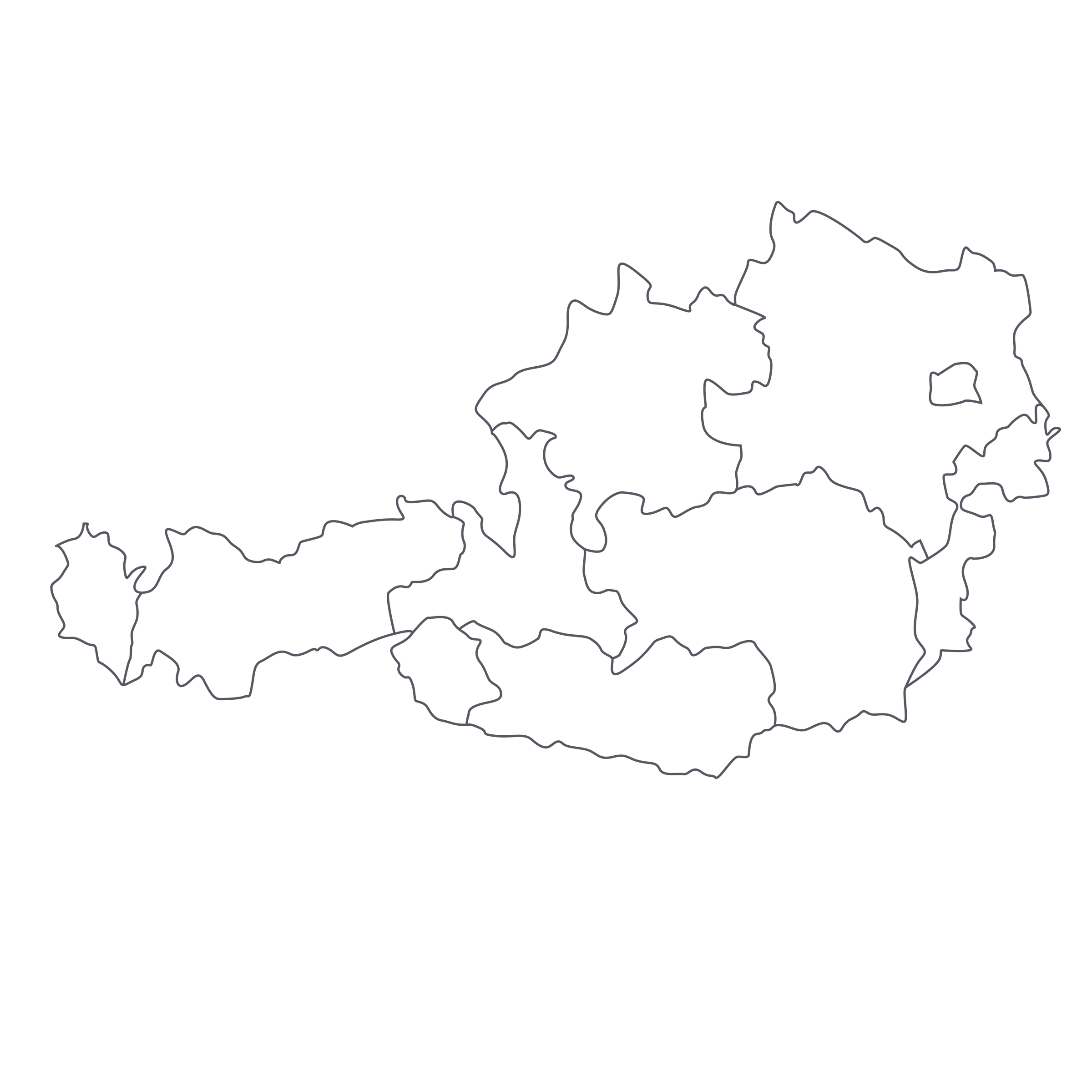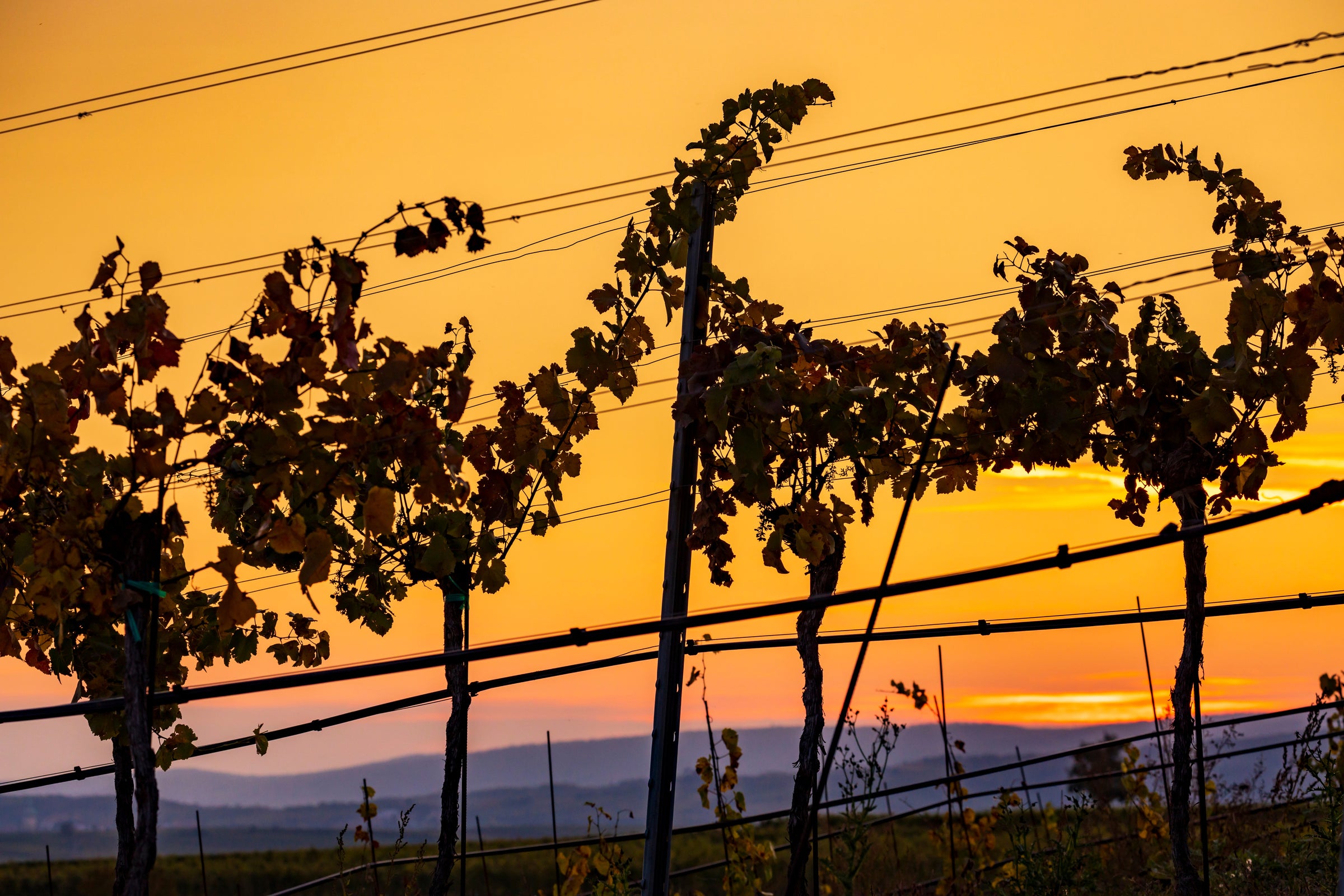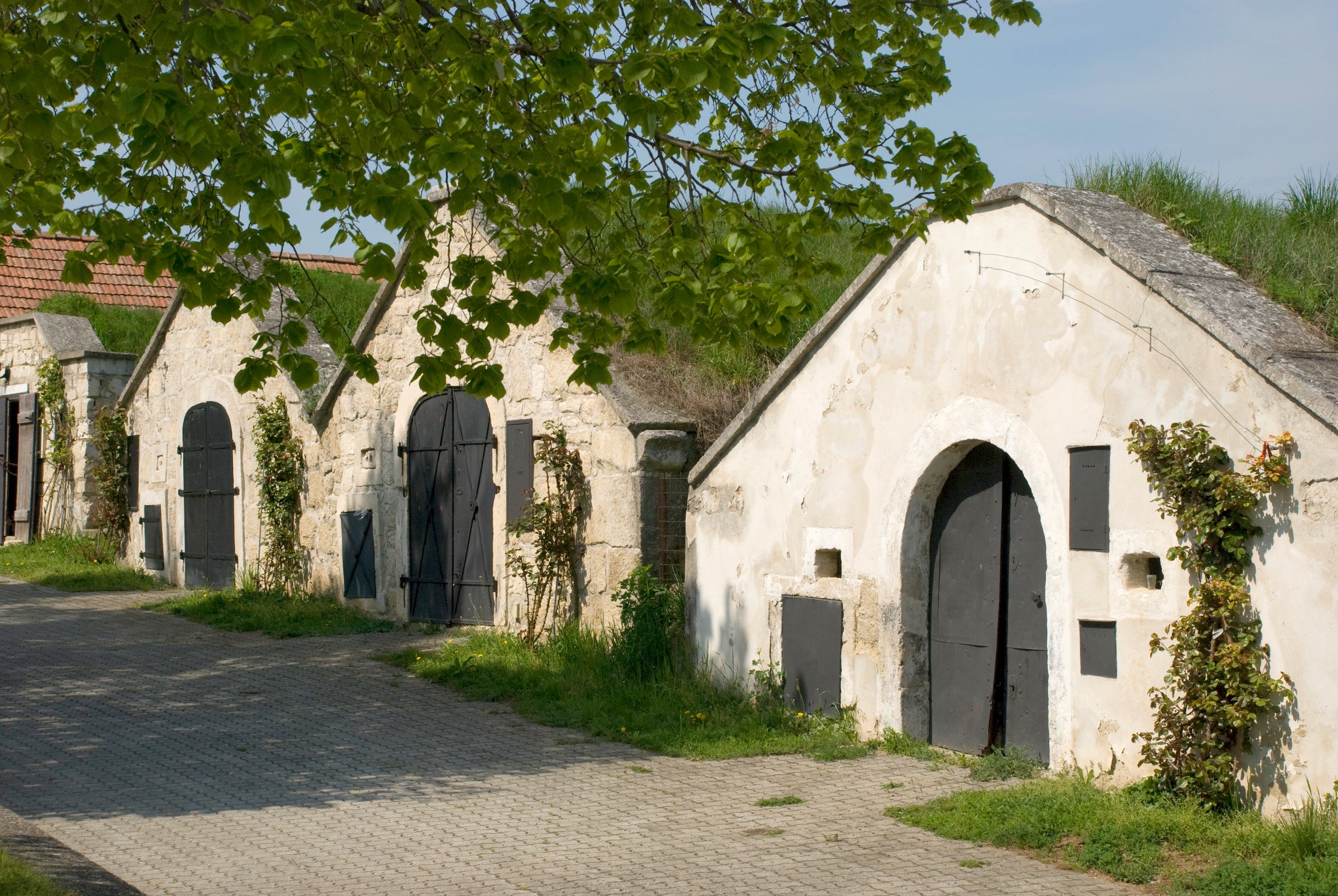Weingut Tegernseerhof’s roots stretch back almost a millennium. The winery was built in 1176 shortly after the Holy Roman Emperor, Henry II, granted the land to the Benedictine monastery of Tegernsee. The Mittelbachs, current stewards of the land, have been at the helm of this storied estate for five generations. Martin Mittelbach is a traditionalist in the very best sense and his dedication and passion for the vineyards' health is evident in the glass. Their almost impossibly steep, terraced vineyards and incredible, flatter parcels above the banks of the Danube were left behind from the Holy Roman Empire. These treasured sites require a whole other level of dedication and are just another reminder that the land is precious, and tradition is important here. Last year, I had the distinct pleasure of meeting with Martin Mittelbach. This generous character is full of life and energy that never seems to slow down. His entire lineup of wines delivers freshness, concentration, tension and minerality across the board and this wine is no exception.
Austria’s magnificent Wachau appellation is where Martin calls home. Nestled just an hour north of Vienna, perched above the Danube, the Wachau offers a dramatic vista of steep, terraced vineyards that trickle down to loess-rich parcels along the banks of the Danube. Akin to an ancient green amphitheater, the Wachau is a UNESCO World Heritage Site and treasured winemaking appellation that requires its own unique classification system. All dry Riesling and Grüner of the Wachau fall into one of three categories: Steinfeder, Federspiel or Smaragd. This term on the label refers to the grape’s ripeness level at the time of harvest. Steinfeder, translating to “stone feather,” is the lightest style; harvested with the least amount of Brix (sugar in the grapes), it is a maximum of 11.5% alcohol when bottled. Federspiel, named for the traditional, local art of falconry, is the next ripeness level and enjoys more texture and richness at 11.5% to 12.5% alcohol at bottling. Smaragd, the most serious style at 12.5 to 15% alcohol, translates to “emerald,” and is named for the local, green lizard that arrives to eat the grapes when the ultimate ripeness level is achieved. Historically, this was when growers knew it was time to pick. This example is a Federspiel and is sourced from the special Frauenweingarten vineyard, which rests below a picturesque castle on a lower slope along the banks of the Danube. Comprised of sand, gravel and loess soils, this dramatic site delivers round texture and a more approachable style that is offset by stunning acidity and an incredibly refreshing expression of the varietal. This is the ideal wine to kick off the evening, instead of Champagne or Sauvignon Blanc, and will delight your guests through the entire evening.
The 2014 Frauenweingarten has a beautiful light straw yellow core with green reflections on the rim. The perfumed floral and slightly spicy nose reveals aromas of cucumber peel, green peach pit, green apple core and green mango skin intertwined with fresh white flowers, a touch of pink peppercorn, daikon radish, stirred lees and wet stones. The crisp, medium-bodied palate delivers slightly spicy characteristics woven into nuanced flavors of fresh melon rind, cucumber peel, shaved radish, wet white flowers and a hint of unripe white peach, which evolves into wet rock and crushed stone minerality that drives the spicy, layered finish. Decant for thirty minutes and serve in Riesling stems at 50 degrees. Do not be shy when serving this wine with food. A true chameleon, this Grüner charms with endless food pairing options from sushi to Thai, dim sum, and delights with its native Austrian cuisine. Try this
authentic Austrian Schnitzel recipe for an experience that will transport you and your guests to the banks of the Danube.






